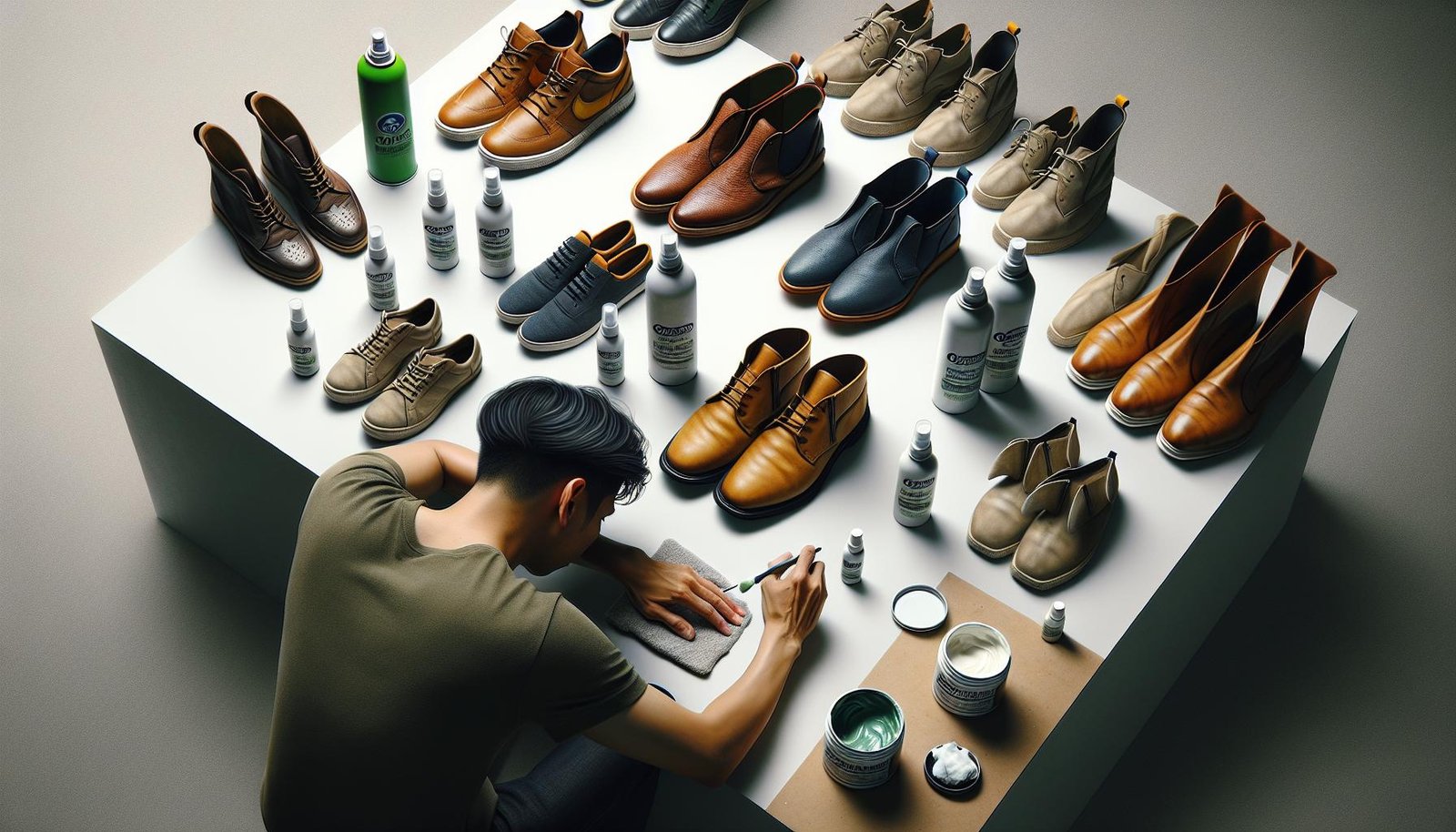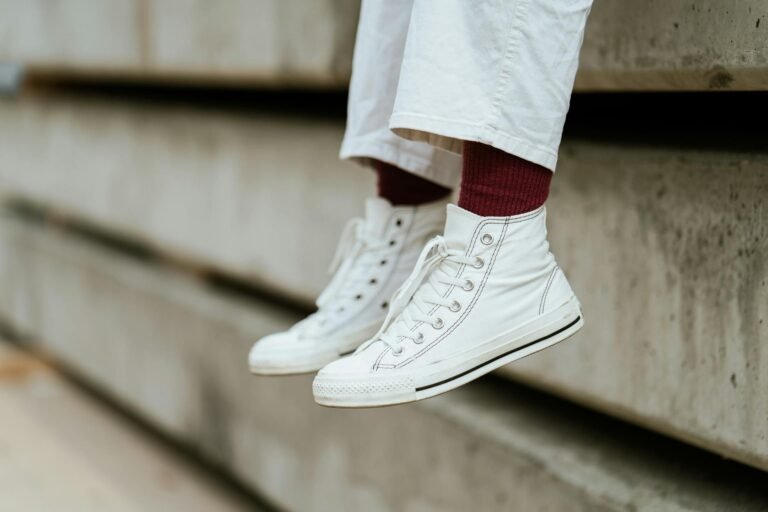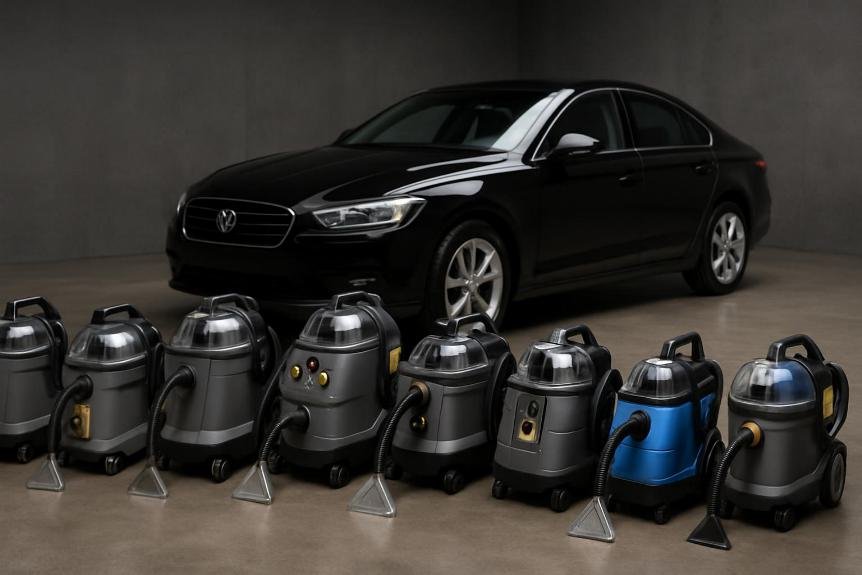How to Impregnate Shoes: A Guide for Lasting Protection
Ever found yourself stepping out in your favorite pair of shoes, only to have them ruined by an unexpected downpour? I’ve been there, and it’s why I’m a huge advocate for impregnating shoes. It’s a game-changer that can extend the life of your footwear and keep them looking sharp, rain or shine.
When is the best time to impregnate shoes?
Figuring out the optimal time to impregnate your shoes is crucial to ensure the effectiveness of the treatment. It’s not just about the season but also about the condition of the shoes before the impregnation process begins. The following details offer insight into the timing and preparation needed for the best results.
CLEANING
Before even thinking about impregnating my shoes, I always make sure they’re clean. Impregnating dirty shoes is like painting a wall without priming—it just doesn’t work as well. The impregnation solution needs to adhere directly to the shoe materials to create an effective barrier against water and dirt.
- Remove Excess Dirt: I start by brushing off any loose soil or debris. A soft-bristled brush works well for this task.
- Wash Thoroughly: Then, I use a gentle cleaner formulated for the specific material of my shoes. Harsh chemicals can damage the shoe, so it’s important to choose the right product.
- Dry Properly: After cleaning, I allow my shoes to dry completely. This can take anywhere from a few hours to a full day, depending on the material and the humidity levels.
Never rush the drying process by placing shoes near a heater or in direct sunlight, as this can warp the material or cause it to fade. A well-ventilated area at room temperature works best for drying.
IMPREGNATION
Once my shoes are clean and dry, I’m ready to begin the impregnation process. The best time to impregnate is:
- Before the Rainy Season: To prepare my shoes for the onslaught of weather changes, I impregnate them at least a day before I expect to encounter any rain. This gives the impregnation solution ample time to bond and cure.
- New Shoe Treatment: It’s a smart move to impregnate new shoes right out of the box. This acts as an initial shield and can significantly extend the life of the shoes from day one.
- Regular Maintenance: I also recommend impregnating shoes every few months as a part of regular maintenance, especially if they’re worn frequently in adverse conditions.
The impregnation process itself is straightforward:
- Apply in a Well-Ventilated Area: To avoid inhaling any fumes, I always work in a well-ventilated space or outdoors.
- Even Coating: I spray or apply the impregnating solution evenly, ensuring complete coverage without over-saturating the material.
- Allow Time to Set: Finally, it’s essential to let the impregnation treatment set. Instructions vary by product, but a general rule of thumb is to wait at least a couple of hours before using the shoes.
What is impregnation?
When I talk about impregnation in the context of footwear, it’s all about enhancing the durability and resistance of shoes to various elements. It involves applying a protective layer, typically a specialized spray or liquid solution, that acts as a barrier against water, dirt, oil, and stains. Impregnation is an essential step that helps in prolonging the life of your shoes by making them more resilient.
Understanding the science behind impregnation is key. The solution contains compounds that when applied, create a molecular shield on the surface of the material. This shield does not change the look or breathability of shoes but provides an invisible armor that repels moisture and prevents dirt from settling in. Think of it as applying sunscreen to your skin—except it’s for your shoes, and instead of UV rays, they’re shielded from grime and water.
Here’s a breakdown of how impregnation works on different materials:
- Leather: Seals the pores against water yet allows the material to breathe, maintaining its natural texture.
- Suede and Nubuck: Protects their delicate surfaces without matting down their characteristic fibers.
- Fabric and Canvas: Coats the fibers, safeguarding against the absorption of water and stains.
The most common types of impregnation solutions include:
- Silicone-based sprays: Ideal for leather and often used for hiking boots.
- Fluoropolymer-based sprays: Great for all types of shoes and are particularly effective on synthetics.
- Waxes and creams: These are specifically formulated for leather shoes and provide nutrition along with protection.
Each type of impregnation solution is tailored for different materials and purposes. It’s crucial to choose the right one to ensure the best protection. Remember, the correct impregnation can keep your favorite pair of shoes looking new and save you from the hassle and cost of frequent replacements or repairs. With the rainy season and everyday wear and tear, treating your shoes with a high-quality impregnation solution is not just a recommendation—it’s a necessity to maintain their appearance and functionality.
How often should shoes be impregnated?
When it comes to maintaining your shoes, frequency is key. The regularity with which you should impregnate your shoes depends largely on usage and exposure to elements. For shoes worn daily in harsh conditions, I’d suggest impregnation every two to four weeks. In contrast, footwear used less frequently or in milder scenarios may only require treatment every two months. It’s always best to assess your shoes after heavy use or exposure to moisture.
There are some telltale signs that shoes are due for a fresh round of impregnation:
- Water no longer beads off the surface but starts to soak in.
- The material’s color looks faded or isn’t as vibrant.
- Mud or dirt sticks to the shoes instead of brushing off easily.
Maintaining a schedule for shoe impregnation isn’t just about the look but also preserving the integrity of the material. Regularly impregnated shoes will last significantly longer, both in appearance and structure. Leather, in particular, can dry out and crack if not properly maintained, while fabrics can become permanently stained.
For those who find it challenging to keep track, here’s a simple guideline to follow:
| Shoe Type | Frequency of Impregnation |
|---|---|
| Daily wear (harsh conditions) | Every 2-4 weeks |
| Occasional wear or mild conditions | Every 2 months |
| Active-wear shoes | After every heavy outing |
| Special materials (suede, nubuck) | Before the wet season |
I always prioritize impregnation before the wet seasons or if I’m planning a getaway where my shoes are bound to face the elements. Moreover, any time I purchase a new pair of shoes, impregnation is the first thing I do. This primes them for future wear and provides an initial protective barrier.
Remember to always clean your shoes thoroughly before each impregnation process. Dirt and debris hinder the effectiveness of the impregnation agent, so starting with a clean slate ensures optimal protection.
How do I waterproof my shoes or boots correctly?
When it comes to waterproofing my shoes or boots, I’ve found that following a meticulous process is key to ensuring they remain dry and protected. The first thing I always do is choose a well-ventilated area; this is crucial for the safety of my breathing and to ensure the product dries properly. I then lay down newspaper or a cloth to catch any overspray.
Cleaning the shoes thoroughly before applying any waterproofing treatment is essential. I’ll use a brush to remove loose dirt and take out the laces to make sure that all areas of the shoes are accessible. For tougher stains or buildup, a specialized cleaning solution might be necessary.
Next comes the selection of the waterproofing product. Whether I opt for a silicone-based spray, a fluoropolymer-based spray, or a wax, I make sure it’s suitable for the material of my shoes. Leather and suede, for example, have different needs in terms of breathability and moisture protection.
Applying the product requires attention to detail. I hold the can about six inches away from the surface, ensuring an even coverage by using a sweeping motion. It’s critical not to soak the material, as this could alter its properties. Instead, I’ll apply multiple light coats, allowing sufficient drying time between each.
Key steps for waterproofing shoes include:
- Choosing a ventilated area
- Laying down protective sheets
- Taking out laces and cleaning shoes
- Selecting the right waterproofing product
- Applying evenly without oversaturating
Once the impregnation process is complete, it’s important for me to remember patience is a virtue. I’ll leave the shoes to dry overnight, resisting the urge to speed up the process with heat, as this could damage the materials. After the shoes have dried, I test them to ensure the waterproofing has been successful before using them in wet conditions.
How often do shoes need to be waterproofed?
When contemplating the frequency of waterproofing shoes, the key lies in assessing usage, exposure to elements, and material type. There isn’t a one-size-fits-all answer, but here’s what I’ve learned over the course of my experience with shoe care.
For daily-worn shoes that tackle wet or muddy conditions, waterproofing should be part of your biweekly or monthly maintenance routine. If you’re regularly stepping into harsh environments, impregnating your shoes every two to four weeks is prudent to maintain their protective barrier.
In contrast, footwear that sees lighter usage or is often indoors can have a more lenient schedule. These shoes benefit from a waterproofing refresh every two months or so. But remember, it’s not just about timing—it’s also about conditions outside and how often your shoes are exposed to potential damage.
Let’s delve into specific scenarios and shed some light on the topic:
- Heavy Outings: Shoes worn for hiking, trail running, or during the rainy season need more frequent attention. Before any strenuous event or before seasons change, waterproof them to ensure they’re prepared for what’s ahead.
- Occasional Wear: Don’t overlook shoes you wear infrequently. I recommend impregnating these at least once a season to preserve their resilience against unexpected downpours or spills.
Below is a simplified table that breaks down the suggested frequency of waterproofing based on my experience:
| Shoe Usage | Recommended Waterproofing Frequency |
|---|---|
| Daily wear, harsh conditions | Every 2-4 weeks |
| Daily wear, mild conditions | Every month |
| Light usage or indoor wear | Every 2 months |
| Pre-heavy outing or season | Prior to event/season change |
| Infrequent use | Once a season |
Routine inspections can also guide you. Check for signs like water no longer beading off the surface or the material starting to absorb liquids. These are indicators that it’s time for another round of waterproofing. Remember, prevention is better than cure—keeping up with the right waterproofing schedule will extend the lifespan of your shoes and save you the headache of dealing with damage down the line.
Is waterproofing shoes harmful to the environment?
When diving into the realm of shoe impregnation, it’s worth considering the environmental impact of waterproofing products. As an eco-conscious individual, I’m aware that certain impregnation solutions, especially aerosol sprays, contain chemicals that can be harmful to the environment. Volatile Organic Compounds (VOCs), which are found in many shoe protectants, contribute to air pollution and pose a threat to both indoor and outdoor air quality.
The production and disposal of waterproofing solutions also raise concerns. Cans and containers that house these sprays and creams typically end up in landfills, and the manufacturing process itself requires energy and resources, which results in a larger carbon footprint.
Understanding the Eco-Friendly Alternatives
Fortunately, there are eco-friendly alternatives to traditional waterproofing methods. These products are designed to minimize environmental damage and often include:
- Water-based protectants without harmful aerosols
- Biodegradable solutions that break down more easily in the environment
- Non-toxic formulations that are safer for both humans and wildlife
To be an environmentally responsible user, it’s recommended to look for these greener options and check the labels for any harmful substances that could impact the ecosystem.
Best Practices for Sustainable Waterproofing
Even with environmentally friendly products, there are ways to enhance the sustainability of your shoe impregnation routine:
- Targeted application: Apply the product precisely to reduce waste.
- Proper ventilation: Use the products in well-ventilated areas to avoid inhaling fumes and minimize air pollution.
- Recycling packaging: Choose products with recyclable packaging and dispose of them responsibly.
By considering the ecological footprint of shoe waterproofing, I always aim to strike a balance between maintaining my footwear and protecting the planet. It’s not just about keeping my shoes in top condition but also about ensuring a greener process that aligns with my values.
Is a cheap waterproofing spray worse than an expensive one?
Protecting your shoes with the right impregnation method isn’t just about picking a product; it’s about understanding the needs of your footwear and matching them with the appropriate solution. I’ve shown you that while some might gravitate towards higher-priced options, a more affordable waterproofing spray can also do the trick if it’s suitable for your shoe material. It’s crucial to weigh the benefits of each product against the specific requirements of your shoes. Remember, the key to effective shoe impregnation lies in regular maintenance and proper application. By staying vigilant and treating your shoes with the care they deserve, you’ll extend their lifespan and keep them looking their best. And don’t forget, choosing eco-friendly options not only protects your shoes but also our planet. So next time you’re ready to impregnate your shoes, consider the impact of your choices and opt for a greener, cleaner approach.












[…] Impregnating leather shoes is a critical process for ensuring their longevity, appearance, and resistance to the elements. Despite its importance, many shoe owners and even enthusiasts may not be fully aware of the crucial steps and techniques required to effectively impregnate leather. Leather, as a natural material, demands a certain degree of attention and care to maintain its quality and protective attributes. Impregnation provides a barrier against water, dirt, and other potential damages that can shorten the lifespan of leather shoes. […]
[…] is because of the brand’s reputation for quality standards. Ecco is committed to using premium leathers sourced from their own tanneries and pays meticulous attention to detail in their craftsmanship. As […]
[…] I’m sprinting down the court, the last thing I want to worry about is whether my shoes will hold up their end of the bargain. That’s […]